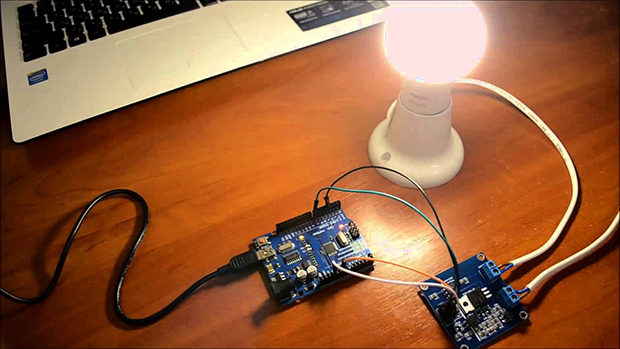It was not that long ago we were answering the question: can LED lights be dimmed? The answer is yes, but years later problems can still surface when you try to run LED lamps or fixtures on dimmer controls. Why are there still issues, even when lamps and fixtures are more reliable and dimmers more tolerant?

Unfortunately, there is no easy answer. Diagnosing LED dimming issues is somewhat similar to diagnosing a sickness. You start by checking vitals before looking at the symptoms of the issue.
In a dimming scenario, start with this checklist:
- Are these lamps in fact dimmable?
- Are the drivers in my fixtures dimmable?
- Are they compatible with the controls they're being paired with?
- And are those controls still in working condition, or have they surpassed their life rating?
In medicine, the symptom of coughing does not always indicate that a patient has a common cold. Dimming issues are similar. Different problems share similar symptoms, making it awfully difficult to diagnose the cause.
If there is a test you can perform, you use that to determine potential causes of the problem. If you show up at your doctor's office with a sore throat and a cough, she may just order a strep test for you, to definitively determine if strep throat is the cause of your symptoms.
With dimming, there are advanced tests that can be done to test out the cause behind the symptoms you are experiencing, but they can be time-consuming and often require expensive equipment.
To simplify the process, start with field tests, compatibility charts for the lamps or fixtures you are considering, and try multiple lamps on multiple dimmer switches. One interesting note is that dimming is always related to the driver, which is a separate component in most fixtures and retrofit kits. Similar to lamps, a compatibility check at the beginning is critical to ensure success.
Maybe you encountered these symptoms during the testing process. Or maybe you were previously encountering symptoms, and that is what prompted the testing. Either way, the symptoms were probably one of the following.
7 common LED dimming issues
Throughout the history of lighting, problems tend to emerge when new technology is introduced to the market. There were issues dimming fluorescent lamps in the early days of that technology, just like LED lamps.
What we have seen over the last few years with the challenges of properly dimming LEDs are simply growing pains and, fortunately, as an industry, we appear to be past a lot of the significant problems.
A common issue with LED dimmability is sudden turn on or turn off when you try to adjust light levels with your dimmer switch. Or you may have "dead areas" as you slide your dimmer switch. Or your LED lamps may simply flicker or flash when paired with certain dimmer switches.
Here is how to diagnose some of those symptoms:
- Drop out
This symptom occurs when you are trying to dim the lighting down and the light suddenly cuts out before you slide to the bottom of the switch.
- Pop on
This is the inverse of "drop out" and occurs when you're sliding the dimmer switch on, to increase light levels, but your LED lamps suddenly turn on at a brighter level than you would normally except.
- Dead travel
This symptom is present when your lamps don't respond to the adjustments you're making on the dimmer switch for certain sections of the dimming scale.
- Ghosting
This symptom occurs when you've dimmed your lamps all the way down, but they continue to glow or produce small amounts of light.
- Flickering
This symptom is understood as rapid, sporadic pulsing of your lamps when paired with dimmer switches.
- Strobing
Similar to flickering, strobing occurs when your lamps rhythmically flash at a less-frequent rate than a flicker.
- Flashing
This is understood to be a more sporadic, infrequent symptom of bad LED dimming, occurring when the lights randomly turn on and off when paired with a dimmer control.
LED dimming and new technology
Another problem with LED dimming includes new lighting technology. This might sound backwards but using the latest and brightest lighting lamps and fixtures may not work for every setting. For example, restaurants and hotels may want to set a certain ambiance using LED lights on a dimmer. New LED fixtures can be so bright and efficient, you have to take the lights down very low on the dimmer in order to get them to the right level. That is often when we notice problems.